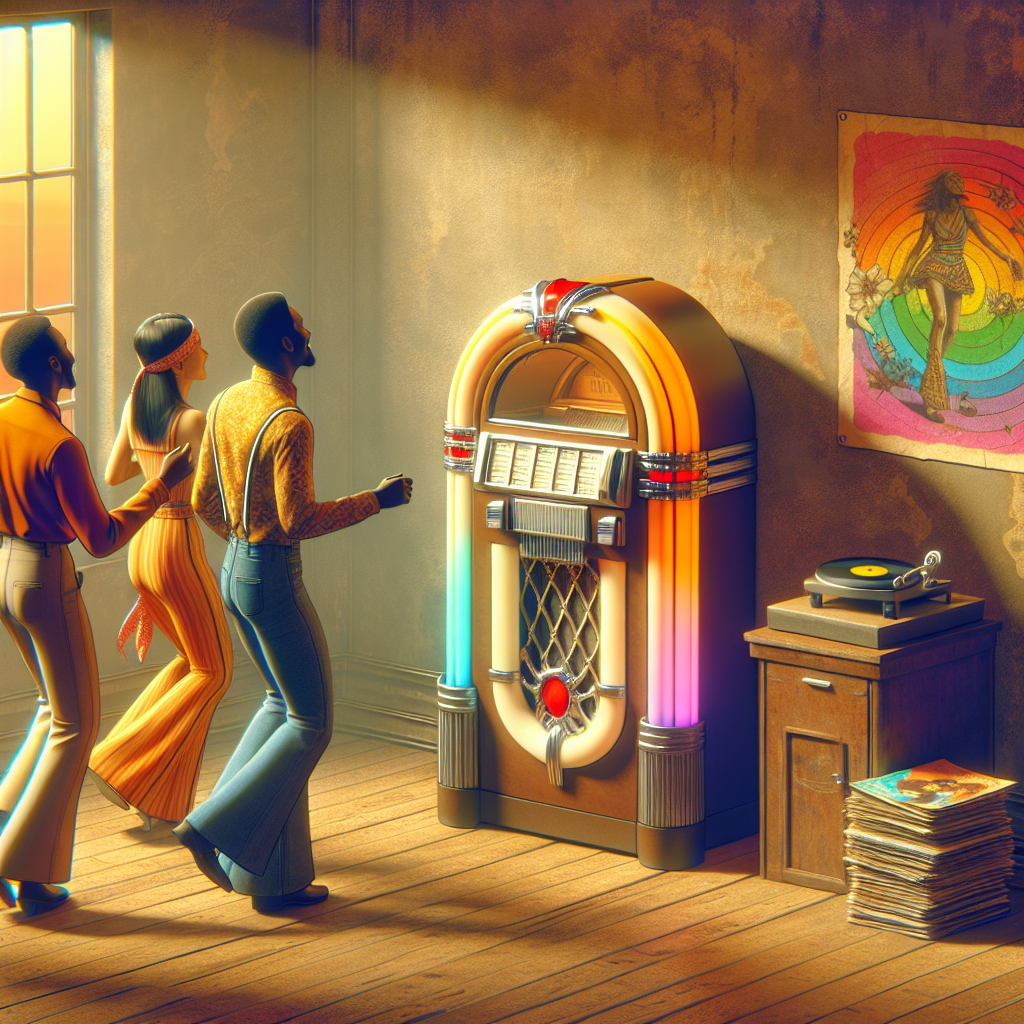Disco Fever: Exploring the Rise and Fall of Disco in the 70’s
Disco music, with its infectious beats and groovy tunes, took the world by storm in the 1970s. It was a time of cultural revolution, where people were breaking free from societal norms and expressing themselves through music, fashion, and dance. Disco became more than just a genre of music – it became a lifestyle.
Music played a crucial role in shaping the disco era. Artists like Donna Summer, Bee Gees, and Gloria Gaynor dominated the charts with their catchy tunes that made people want to get up and dance. The disco beat was characterized by its pulsating rhythm and funky bass lines that kept people on their feet all night long.
Culture also played a significant role in the rise of disco. It was a time when people were coming together to celebrate diversity and inclusivity. Disco clubs became safe spaces for LGBTQ+ individuals to express themselves freely without fear of judgment or discrimination. The dance floor was a place where everyone could come together as one community and let loose.
Politicians also tried to capitalize on the popularity of disco during this time. In an effort to appeal to younger voters, politicians would attend disco events and even incorporate disco themes into their campaigns. This helped to further solidify disco as a cultural phenomenon that transcended music.
Fashion was another key component of the disco era. People would dress up in flashy outfits with sequins, bell-bottom pants, platform shoes, and afros to hit the dance floor in style. Disco fashion was all about being bold and making a statement – it was about standing out from the crowd and embracing individuality.
Technology also played a crucial role in shaping the sound of disco music. The invention of synthesizers and drum machines allowed artists to experiment with new sounds and create futuristic beats that pushed the boundaries of traditional music genres. This technological innovation helped to propel disco music into mainstream culture.
Despite its meteoric rise in popularity, disco eventually fell out of favor towards the end of the 1970s. Some critics argued that disco had become too commercialized and lost its authenticity as artists began churning out formulaic hits for mass consumption. Others claimed that disco had become too closely associated with excess partying and drug use, leading to its eventual decline.
However, despite its eventual downfall, disco left an indelible mark on popular culture that can still be felt today. Its influence can be seen in modern pop music, fashion trends, and even film and television. Disco may have faded from prominence, but its spirit lives on in those who continue to embrace its message of love, unity, and self-expression.
In conclusion, Disco Fever was more than just a musical genre – it was a cultural movement that brought people together through music, fashion, technology, and politics. While it may have had its ups and downs throughout the 1970s, disco will always hold a special place in our hearts as a symbol of freedom, diversity, and joy.


Get involved!
Comments